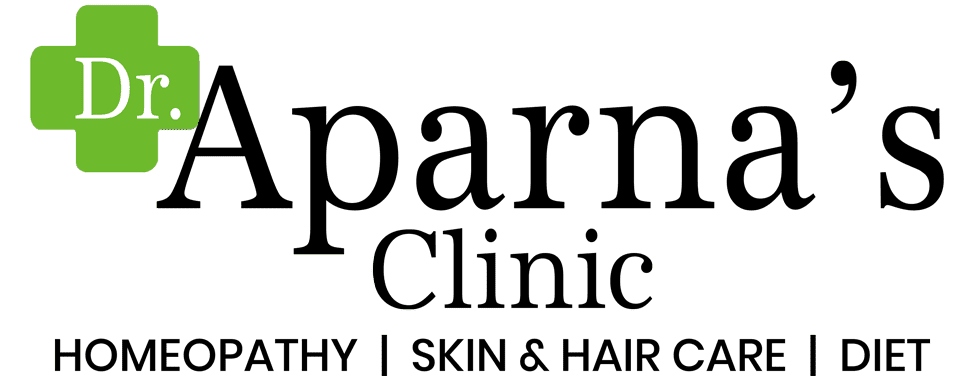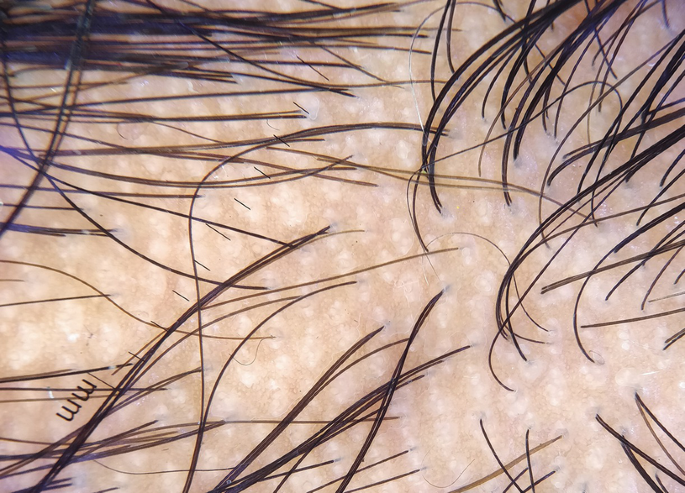In the world of cosmetologist, trichoscopy has emerged as a revolutionary technique that offers invaluable insights into the health of both the skin and scalp. This non-invasive procedure allows cosmetologist to delve deeper than ever before, uncovering hidden details that may hold the key to diagnosing and treating a wide range of hair and scalp conditions. In this blog, we will explore the significance, benefits, and role of trichoscopy at our skincare clinic.
Understanding Trichoscopy
Trichoscopy, also known as hair and scalp dermoscopy, is a specialized examination that employs a dermatoscope – a magnifying device with a powerful light source – to closely analyze the skin and scalp. Through this lens, cosmetologist can observe the hair shafts, follicular openings, and other subtle characteristics that may go unnoticed by the naked eye. This method enables a comprehensive evaluation of various conditions, including alopecia, hair loss, and scalp disorders.
The Significance of Trichoscopy
Trichoscopy offers a myriad of advantages that significantly enhance diagnostic accuracy and treatment efficacy. By magnifying the affected area up to 70 times, trichoscopy enables dermatologists to:
- Detect Early Signs: Trichoscopy allows for the identification of early signs of hair and scalp conditions, enabling timely intervention and preventing the progression of disorders.
- Accurate Diagnosis: With the ability to visualize intricate details, dermatologists can make more precise diagnoses, distinguishing between different types of alopecia and scalp diseases.
- Tailored Treatment Plans: Armed with a thorough understanding of the patient’s condition, dermatologists can create personalized treatment plans that target the root cause, optimizing the chances of successful outcomes.
- Treatment Monitoring: Trichoscopy isn’t just a diagnostic tool – it’s an essential instrument for tracking treatment progress. Regular trichoscopic examinations help dermatologists gauge the effectiveness of interventions and make necessary adjustments.
Conditions Diagnosed Through Trichoscopy
Trichoscopy’s scope extends to a wide range of conditions, including:
- Androgenetic Alopecia: Trichoscopy aids in differentiating between male and female pattern baldness, determining the severity, and monitoring treatment progress.
- Alopecia Areata: The examination can reveal “exclamation mark” hairs and short vellus hairs characteristic of alopecia areata, facilitating early diagnosis and treatment.
- Telogen Effluvium: Trichoscopy helps differentiate between acute and chronic telogen effluvium, guiding appropriate therapeutic interventions.
- Folliculitis: Dermatologists can assess the type of folliculitis – bacterial, fungal, or viral – through trichoscopy, influencing treatment decisions.
- Scalp Psoriasis: Trichoscopy aids in distinguishing scalp psoriasis from other scalp conditions, ensuring targeted treatment for optimal results.
Partnering with Our Skin Clinic
At Dr. Aparna’s Clinic, we recognize the transformative potential of trichoscopy in delivering superior care to our patients. Our team utilizes state-of-the-art trichoscopic equipment and expertise to provide accurate diagnoses and personalized treatment plans. With a commitment to staying at the forefront of dermatological advancements, we ensure that every patient receives the highest standard of care.
Conclusion
Trichoscopy has ushered in a new era of precision and accuracy in the diagnosis and treatment of hair and scalp conditions. Its ability to reveal hidden details and provide insights beyond the surface has made it an indispensable tool in the arsenal of modern dermatology. If you’re seeking comprehensive and advanced care for your hair and scalp, look no further than Dr. Aparna’s Clinic. Experience the transformative power of trichoscopy and embark on a journey to healthier, happier skin and hair.



